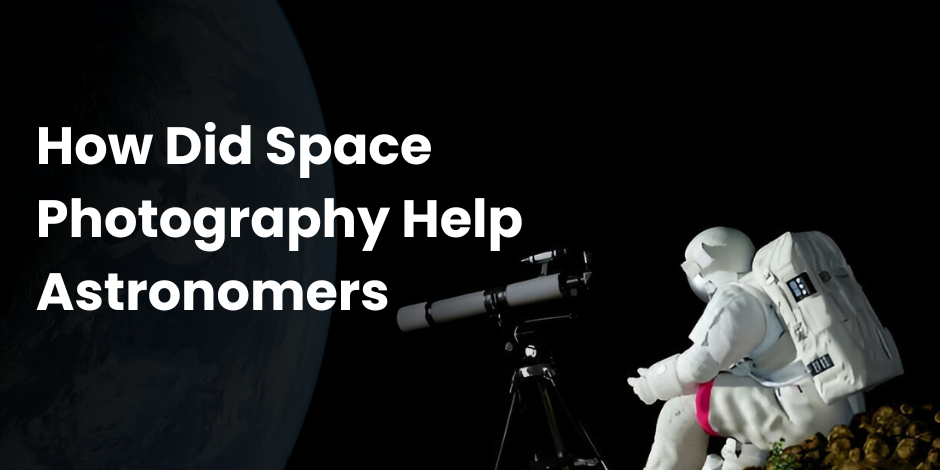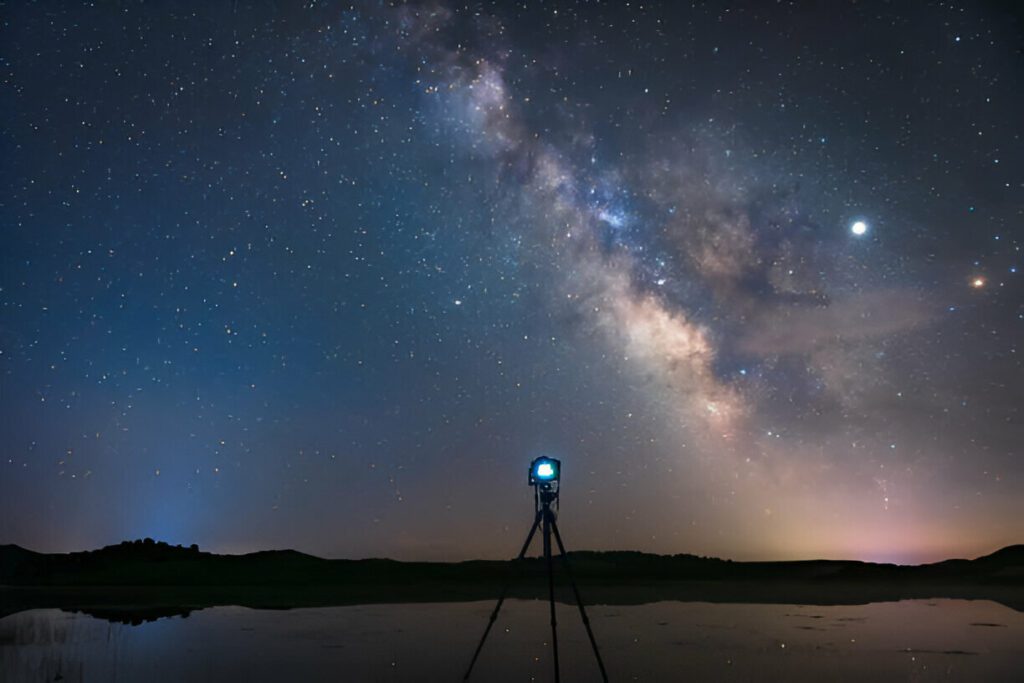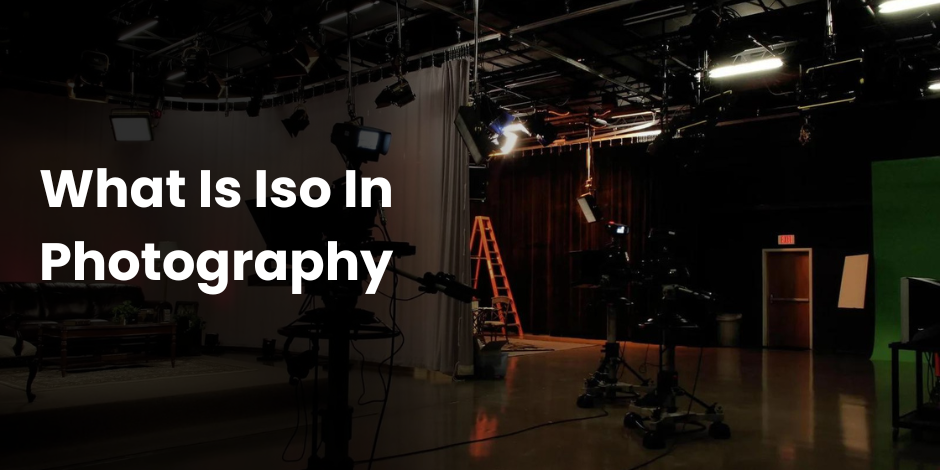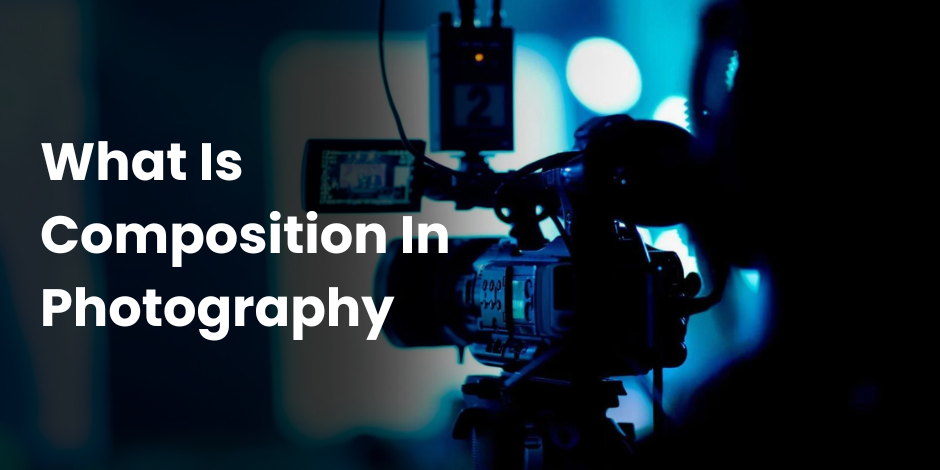In the vast expanse of the universe, understanding the mysteries of space has always been a challenge for astronomers. However, the advent of space photography has revolutionized the way we study celestial objects and has provided invaluable insights into the cosmos. In this article, we will explore how space photography has helped astronomers in their quest to unlock the secrets of the universe.
History of Space Photography:
Space photography dates back to the early days of astronomy when astronomers used telescopes to capture images of celestial objects. However, the real breakthrough came with the launch of the Hubble Space Telescope in 1990. The Hubble Telescope was the first of its kind to be placed in orbit around the Earth, enabling astronomers to capture high-resolution images of deep space.
How Space Photography Helps Astronomers:
1. Capturing Detailed Images:
One of the most significant advantages of space photography is the ability to capture detailed images of celestial objects. Traditional ground-based telescopes are limited by atmospheric distortion, which can blur images of distant galaxies and stars. Space telescopes like Hubble, on the other hand, are free from atmospheric interference, allowing astronomers to capture sharp and clear images of the cosmos.
2. Studying Faint Objects:
Space photography has enabled astronomers to study faint and distant objects that would be impossible to observe with ground-based telescopes. By capturing long exposure images, space telescopes can detect incredibly faint sources of light, such as distant galaxies and quasars. This has provided astronomers with a deeper understanding of the structure and evolution of the universe.
3. Mapping the Universe:
Space photography has played a crucial role in mapping the universe and creating detailed catalogs of celestial objects. By capturing images of galaxies, clusters, and nebulae, astronomers can piece together the complex web of matter in the cosmos. This has helped to uncover the large-scale structure of the universe and shed light on the distribution of galaxies and dark matter.
4. Observing Transient Events:
Space photography has also enabled astronomers to observe transient events in the universe, such as supernovae, gamma-ray bursts, and black hole mergers. By continuously monitoring the sky with space telescopes, astronomers can capture the fleeting moments of these violent events and study their impact on the surrounding environment. This has provided valuable insights into the life cycle of stars and the dynamics of the universe.
5. Discovering New Phenomena:
Space photography has led to the discovery of new phenomena and objects in the universe. For example, the Hubble Space Telescope has uncovered previously unknown galaxies, planetary systems, and exotic stellar objects. By capturing images of these discoveries, astronomers can analyze their properties and gain new insights into the diversity of the cosmos.
Conclusion:
In conclusion, space photography has revolutionized the field of astronomy and has provided astronomers with a powerful tool for exploring the mysteries of the universe. By capturing detailed images, studying faint objects, mapping the universe, observing transient events, and discovering new phenomena, space photography has enabled astronomers to push the boundaries of our knowledge of the cosmos. As technology continues to advance, the future of space photography holds even more promise for unlocking the secrets of the universe.
FAQS
Q: What are some advantages of space photography over ground-based observations?
A: Space photography offers several advantages over ground-based observations, including the ability to capture images free from atmospheric distortion and light pollution, access to wavelengths of light that are absorbed or distorted by the Earth’s atmosphere, and the ability to observe celestial objects continuously without interruption from weather conditions or daylight.
Q: How has space photography improved our understanding of the universe?
A: Space photography has improved our understanding of the universe by providing astronomers with detailed images and data about distant galaxies, stars, planetary systems, and other celestial objects. These images have allowed scientists to study the formation and evolution of galaxies, the structure and composition of stars and planetary systems, and the nature of dark matter and dark energy, among other topics.
Q: What are some examples of important discoveries made through space photography?
A: Some examples of important discoveries made through space photography include the discovery of new planets and exoplanets outside our solar system, the identification of supermassive black holes at the centers of galaxies, the observation of supernovae explosions and their effects on galactic evolution, and the mapping of the cosmic microwave background radiation, providing insights into the early universe.
Q: How has space photography impacted public interest and awareness of astronomy?
A: Space photography has captured the public’s imagination and sparked interest in astronomy by providing stunning images of distant galaxies, colorful nebulae, and other cosmic wonders. These images have been widely disseminated through media outlets, educational materials, and public outreach efforts, helping to raise awareness of the beauty and complexity of the universe and inspiring future generations of astronomers and space enthusiasts.













